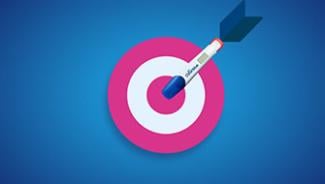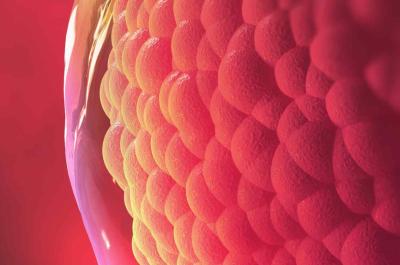
Your period is an essential part of your menstrual cycle. It happens as your womb lining sheds at the end of a menstrual cycle in which the egg doesn’t get fertilized. The stages of your menstrual cycle are controlled by hormones, and after you ovulate, there is a drop in estrogen and progesterone. This hormonal change could be one of the culprits behind premenstrual syndrome, or PMS. PMS is characterised by the premenstrual symptoms many women get in the days leading up to their period. These symptoms can include bloating, mood swings, and food cravings. Read on to learn more about PMS, what it is, how to recognise its symptoms, what treatments there are, and more!
What is PMS?
Premenstrual syndrome (PMS) is also sometimes called by the more ‘old-fashioned’ term premenstrual tension (PMT) and is a broad term used to describe a range of symptoms that many women suffer during the second half of their menstrual cycle, and most especially as they approach their period, PMS is probably your body’s response to changing hormone levels associated with your menstrual cycle although nobody really knows the actual cause. It is also thought that chemical changes in the brain might be involved in PMS, and that diet could have an impact as well.
What are the symptoms of PMS?
PMS includes a whole range of symptoms and it is estimated that up to 75% of women experience one or more of them each cycle. Symptoms of premenstrual syndrome can include
- tender breasts
- depression
- anxiety
- headaches
- tiredness
- irritability and aggression
- bloating of the abdomen
- food cravings.
PMS symptoms are most often experienced by women in their 20s and 30s, although all women who have periods can be susceptible to PMS. For most women, the symptoms cause only mild to moderate discomfort, but in some cases PMS can be severe. This is called premenstrual dysphoric disorder (PMDD).
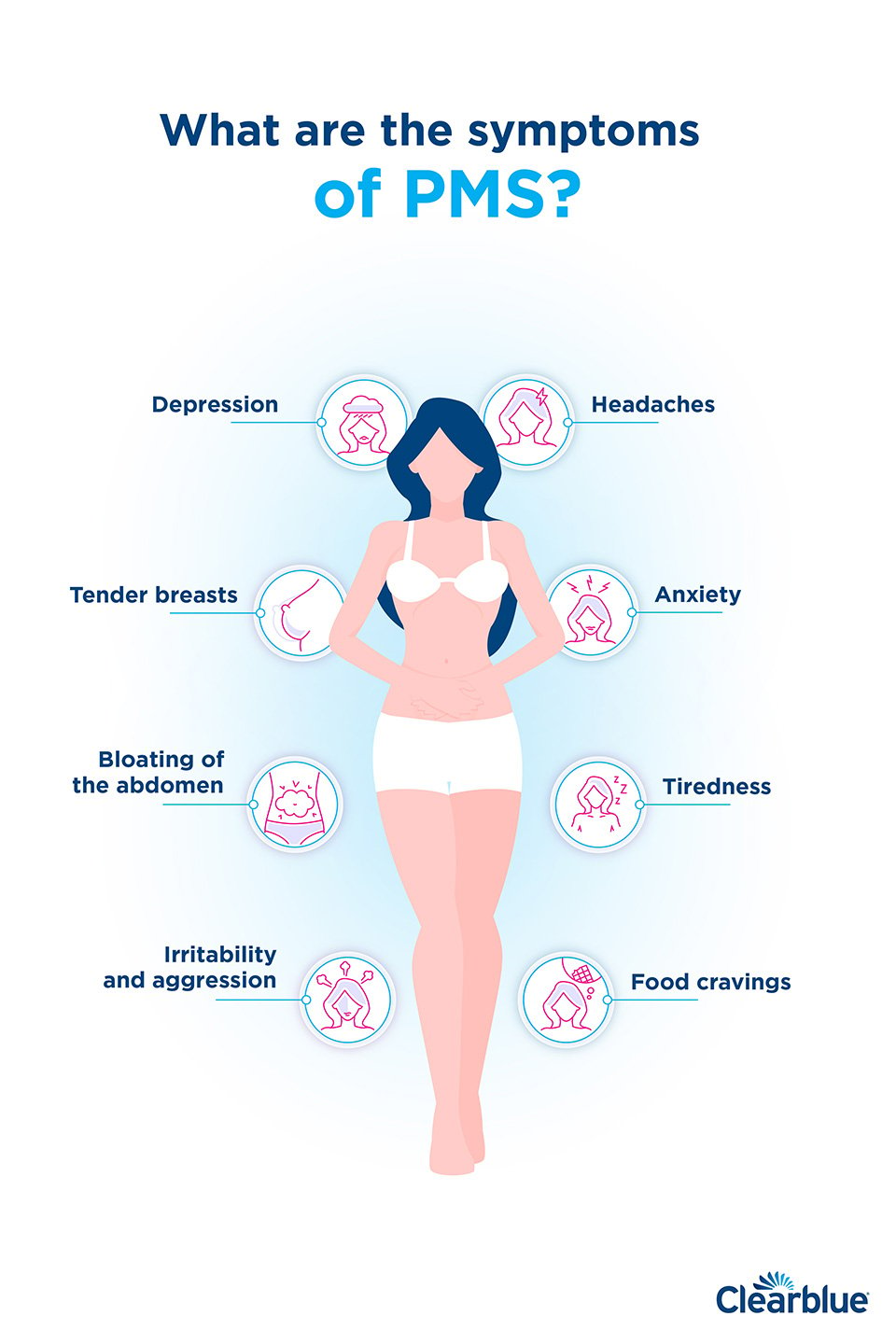
When does PMS start?
PMS symptoms usually start about five days before your period starts and end about four days after the period has started. PMS may happen around this time because estrogen and progesterone levels drop after ovulation.
It’s also possible that these hormonal changes cause chemical changes in the brain, affecting serotonin, a neurotransmitter—a brain chemical—that affects mood, fatigue, cravings, and sleep.
Am I pregnant or is it PMS?
If you’ve had unprotected sex recently, you may be wondering whether the symptoms you’re experiencing are due to PMS or if they could be early signs of pregnancy. There are quite a few overlapping symptoms between early pregnancy and PMS so it can be tricky to know for sure.
Early symptoms of pregnancy include
- a missed period
- tender breasts
- nausea
- increased urination
- tiredness
- irritability and aggression
- bloating of the abdomen
- cramping
- light spotting
- constipation
- food cravings
- nasal congestion.
Although some symptoms are obviously going to be different, like a missed period, there is some commonality, so there may be times when it can be hard to tell.
Keep in mind, even between some of the shared symptoms of pregnancy and PMS, there are subtle differences. Take a look at these symptoms that early pregnancy and PMS have in common, and discover what may set them apart:
Symptom |
PMS |
Pregnancy? |
| Tender breasts | Tenderness ranges from mild to severe. Breasts can feel swollen and breast tissue may feel bumpy and dense. | Breasts feel sore, sensitive and tender to touch. They may feel fuller and heavier. |
| Mood changes | You may feel irritable and grouchy, perhaps you might feel like crying and have some anxiety. | Mood changes can involve moments of sadness and you may cry more easily, but you can also feel ecstatic and excited. |
| Fatigue | You may have trouble sleeping and feel tired. | Fatigue can often be intense in the first trimester due to increased levels of the hormone progesterone. |
| Nausea | You may have some digestive discomfort, like nausea, but you are unlikely to be sick. | You may have vomiting accompanying nausea. Despite the term morning sickness, you can actually feel nauseous any time of day. |
| Cravings | You may crave chocolate, carbohydrates, sweets, or salty foods. | You may have highly specific cravings and have an aversion to certain tastes and smells. Perhaps you might even crave unusual food combinations. |
| Cramping | Cramps may appear 24-48 hours before your period in your womb area. | You may have light cramps in the lower stomach or lower back. |
If you notice any symptoms that worry you, see your doctor.
As PMS often starts before the time you might be alerted by a late period that you could be pregnant, you can’t rely on this most obvious usual physical sign to help you know the difference. However, if you suspect you may be pregnant or you’re unsure, you may want to take a pregnancy test to be sure. Clearblue’s Early Detection Pregnancy Test allows you to test six days before your missed period (five days before your expected period)1, so you don’t have to wait till you’ve missed your period to get an answer.
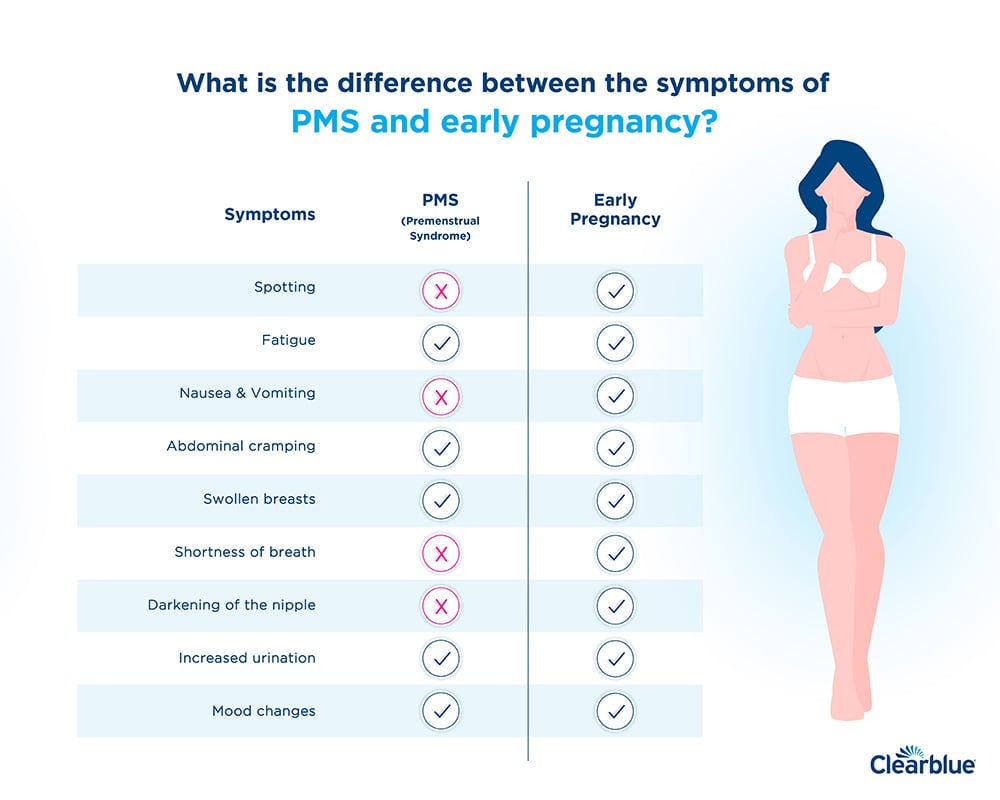
Is there a treatment for PMS?
There are several options available that may help relieve your PMS symptoms, but it can take some trial and error to find which method works best for you.
Some of the most straightforward things that have been shown to help are to make sure you drink plenty of water and eat a balanced diet. It is a good idea to include lots of fresh fruit and vegetables and reduce the amounts of salt, sugar and processed foods that you eat. Many women find that avoiding caffeine (commonly found in tea, coffee and cola) and alcohol when they have PMS can reduce some symptoms. Taking supplements of vitamin B6 and evening primrose oil has also been suggested as a possible way of reducing PMS symptoms2.
You may find that magnesium can help alleviate some of the symptoms, especially if you find your PMS trigger headaches or migraines, but check with your doctor before taking a magnesium supplement3.
Regular exercise can also help, mainly because exercise reduces stress and tension and can lift your mood. If you are suffering from PMS, you might find that walking, swimming or running reduces your period symptoms – try 30 minutes, 3 times a week. Exercise can also lessen fatigue and help you sleep. You can also try some relaxation techniques like meditation, breathing exercises, or yoga. If these simple lifestyle changes are not helping to manage your PMS, you should see your doctor for further advice. Perhaps your doctor may prescribe medications to manage different symptoms if lifestyle changes aren’t helping.
How is PMS diagnosed?
There are various ways to diagnose PMS, but no definitive test for it. Because there are also other medical problems with similar symptoms to PMS, if you are concerned you should see your doctor for a professional diagnosis.
Your doctor may ask you to keep a diary for several months where you write down any physical and mental PMS symptoms that you have, noting when they occur together with your days of bleeding. It’s useful to make a note of how you are feeling every day. After three or four months, you’ll probably be able to recognise a pattern of symptoms. Although the pattern may vary from cycle to cycle, women with PMS tend to notice that their symptoms stop very quickly once their period starts. Another pattern that might help your doctor to diagnose PMS is if you have a week during your menstrual cycle when you have no symptoms at all.
What is the difference between PMS and PMDD?
PMDD, or premenstrual dysphoric disorder, is a severe type of PMS that affects 3-8% of women. It’s a severe form of PMS that comes with both physical and emotional symptoms. Although the physical symptoms overlap with PMS, it’s the emotional signs that make PMDD stand out from its milder counterpart. The symptoms of PMDD can include
- extreme mood shifts
- feelings of sadness or hopelessness
- heightened anxiety or tension
- irritability or anger.
PMDD also tends to begin a little sooner, with symptoms showing 7 to 10 days before your period begins. It’s possible that PMDD could be linked to underlying issues like depression or anxiety, where hormonal changes can worsen the mood disorder symptoms.
Frequently asked questions
How many days before your period do you get PMS?
PMS symptoms usually start about five days before your period begins.
What does PMS feel like?
PMS symptoms can include
- bloating
- tender breasts
- depression
- anxiety
- headaches
- tiredness
- irritability
- food cravings
What can help PMS mood swings?
Lifestyle changes, like exercise and a healthy diet can help relieve the symptoms of PMS. You may also want to try relaxation therapies like meditation, breathing exercises, or yoga to help reduce PMS symptoms.
Does PMS worsen with age?
Yes, PMS can get worse in your 30s and 40s, especially as you get closer to menopause. Women who find their moods are linked with their fluctuating hormone levels are especially sensitive, which is what happens as you approach menopause. However, once you’ve reached menopause, PMS stops once your periods cease.
Why is my PMS so bad?
If you notice extreme mood disruptions, you may have premenstrual dysphoric disorder (PMDD) which is a severe form of PMS. Talk to your doctor if you’re concerned.
Why do I get PMS?
A singular cause for PMS is still unknown, but there may be several things at play, like
- changes in hormone levels
- chemical changes in the brain
- pre-existing depression.
How can I stop PMS?
Some lifestyle changes like a healthy diet, exercise, and relaxation techniques can help, but if those don’t work, your doctor can prescribe medications to help severe cases of PMS.
Is chocolate good for PMS?
A study from 2017 found that close to 50% of American women report cravings for chocolate when they experience PMS, but the study found little physiological evidence behind the cravings, but rather that it’s a cultural one. There may not be any physical basis for chocolate being good for PMS, but if one square of dark chocolate gives you some comfort then there is no harm indulging.
Does magnesium help with PMS?
Magnesium may help alleviate some of the symptoms, especially if you get headaches or migraines triggered by PMS but consult your doctor first before taking a magnesium supplement. You can also increase your magnesium intake naturally with foods such as:
- spinach
- nuts
- whole grains
- fortified cereals.
The bottom line
PMS can make life more difficult not just for you, but also for those around you. Understanding that it’s just a sign that your period is on its way can help explain why you’ve gone from being Jekyll to Hyde from one day to the next. Knowing that can help reassure you that what you’re experiencing, is real, and perfectly natural and simply means you should give yourself a little extra self-care.
A balanced diet, 30-minutes of exercise a few days a week, and something relaxing like meditation can help reduce the symptoms of PMS, but if you notice severe symptoms or you find lifestyle changes just don’t help, talk to your doctor to see if there are any treatments or medication that may help.
- Clearblue® Early Detection provides early detection of the pregnancy hormone (hCG): 77% of pregnancies can be detected 6 days before the missed period (5 days before the expected period).
- https://www.mayoclinic.org/diseases-conditions/premenstrual-syndrome/expert-answers/pmdd/faq-20058315
- https://www.womenshealth.gov/menstrual-cycle/premenstrual-syndrome#3
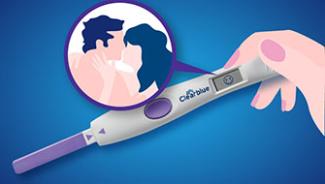
Find your most fertile days
Ovulation tests are an accurate and simple way to identify your most fertile days to maximise your chances of getting pregnant.
